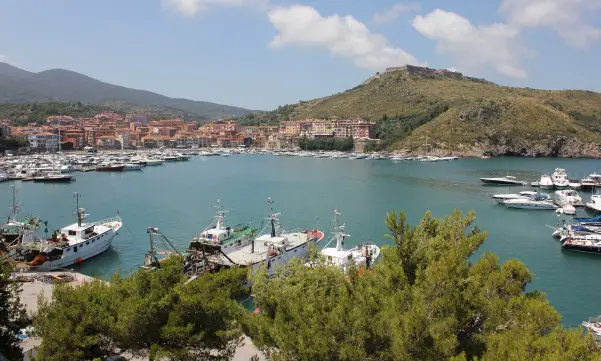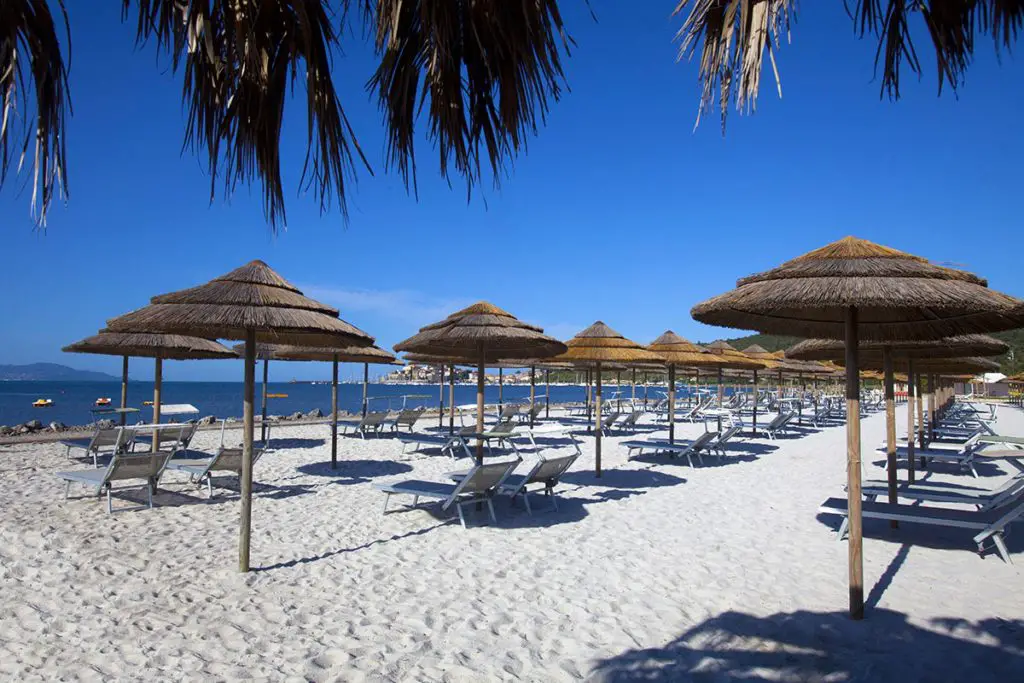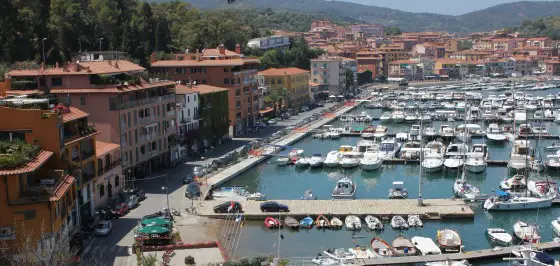The Tuscan coastline beauty is not just magnificent, but magnificently unique

There’s a lot people don’t know about Tuscany. For example, that it produced Italy’s most valuable stamp sometime between 1851 and 1860. Or that it’s the textile capital of the country. Or that it has unbelievably beautiful seaside towns that make Corsica and the Amalfi Coast look like overcrowded tourist resorts.
You hadn’t heard? Don’t worry, the Costa d’Argento is one of Italy’s best kept secrets.
If it wasn’t cliché to say it’s the playground of Europe’s rich and famous then that would be this article’s tagline. Everyone from ex-prime minister Romano Prodi to screen siren Elisabetta Canalis and Italian aviation legend Italo Balbo, have homes somewhere along this perfect stretch of Tuscan coastline.
And if you’ve seen the 2008 James Bond film Quantum of Solace, then you have seen one of the jewels in this destination’s crown, Talamone, in all its unabashed magnificence.
Costa d’Argento is in the extreme south of Tuscany, about two and a half hours from Florence and two from Rome. It has been the seaside stronghold of the Etruscans, the summer home of 15th century Spanish princes, and the coveted target of Ottoman pirates and, more recently, the allied planes of WWII.
The coastline takes its name argento (silver) from the mesmerizing grey, almost dawn-coloured sand on La Playa La Torba Beach. Arguably Tuscany’s most beautiful, if not most Spanish-sounding beach, La Playa La Torba is just outside of Ansedonia and promises seclusion and solitude even in the height of August.
Hesitant tourists might think that an unfrequented beach is an undesirable beach, but anonymity has always suited the Costa d’Argento.
The coastline has no need to boast. Its soft sands and turquoise sea speak for themselves. Its unpretentious natural beauty the perfect complement to the quiet summer days and unhurried lifestyle that come from being overlooked as a prime tourist destination.

A stone’s throw away from Ansedonia, Orbetello dips its feet in a lagoon that shares its name. Once the first port-of-call for ships bearing Egyptian and African treasures, Orbetello is steeped in old luxury. Its shops are some of the most glamorous on the coastline, embraced by buildings that bear the stonework and marble eloquence of centuries past.
From Orbetello you can follow the call of the sea to the aforementioned Talamone. Onscreen or off it, Talamone is the Monte Carlo of Tuscany, where grand mansions have their own fleet of private yachts and the deep green of the forests clash with the even deeper green of the sea.

The locals here aren’t locals at all, but wealthy birds of paradise that descend on the city like clockwork, their irrefutable sophistication a sign that summer has arrived on the coastline.
Talamone’s luxuriousness is not for everyone though. Further down the coast in Porto Santo Stefano and Porto Ercole, sheer wealth is replaced by a humbler, but no less alluring, provincial charm.

In winter, these port cities fall asleep to the hum of fishing boats out to collect their day’s catch. But under the summer Tuscan sun, the cities are a hub of music and activity.
Afternoons are spent basking in the beauty of the towns’ medieval streets, Spanish castles and tiny white-washed churches. As the sun sets, the locals take to the boardwalk for a light meal before gathering for evening entertainment in the form of impromptu street concerts and the yachts returning to port.
The people who call these port cities home are hardly rich. Their properties are inherited from lucky ancestors who happened to be in the right place at the right time. But they are honest and affable, and ridiculously good at cooking seafood – a talent that has manifested in a glut of fine seafood restaurants in the area.
From the port of Porto Santo Stefano, there is only one place you can go – the Tuscan Archipelago. The envy of the Costa d’Argento, the Tuscan Archipelago is a cluster of small, but gloriously beautiful islands. The closest, Giglio, most recently made headlines as the spot where the Costa Concordia cruise ship sank, but its idyllic beaches and walled city were famous long before that.
Further out, Giannutri is a marine park favoured by snorkelers and divers. Above water, the island is a protected nature reserve that hasn’t been touched since the Roman Empire. On the shores of the beach, the remains of a Roman port have been left open for tourists to look their fill.
And then there’s Elba Island. History buffs might remember Elba as the place where Napoleon Bonaparte was exiled in 1819. The good French emperor built two magnificent villas on the island, Palazzina dei Mulini and Villa di San Marino, both of which are neo-classical masterpieces with a healthy dose of Parisian flair.

And I could go on. After all, these are only a handful of the sights that make the Costa D’Argento not just magnificent, but magnificently unique.
Every metre of coastline has something to draw you in. The beaches aren’t just beautiful, the cities aren’t just effortlessly chic. They each have their stories and monuments, so amazing they’ll leave you gawping long after the scenic impact has worn off.
And surrounding all of that are the enviable Tuscan lifestyle and easygoing locals that you won’t find anywhere but on the Costa d’Argento.
By Elisa Scarton Detti

Elisa is an Australian journalist who came to Tuscany for a year, fell in love, how cliché? And decided to stick around. Not one to keep paradisical holiday destinations to herself, she now writes a Tuscan travel blog and online travel guide about the infinitely beautiful Tuscan Maremma, so that others can get a taste of la dolce vita.